Secret Societies. Some may find the sound of the word intriguing, and their interest may be piqued. However, behind the masks of these secret societies are a wide variety of sinister secrets and profound mysteries. From the time of the first great civilization to the present day, people have formed secret societies for various reasons.
College sororities, political groups, and religious sects were all included. The great philosophers, astronauts, presidents, and even artists among them usually conducted their affairs privately by hiding their identities and their activities from the prying eyes of the public.
What were they up to, lurking in the darkness? Where is the catch in all these weird ceremonies? Take a look at some of the most intriguing and difficult-to-fathom histories of secret societies from all over the world.
Topmost Secret Societies Swathed In Enigma…
The Tiandihui and Hongmen

A religious sect known as the Tiandihui (or Society of the Heaven and the Earth) emerged in China’s Fujian Province during the chaotic 18th century. The Qing Dynasty drove them underground, where they developed into a potent underground resistance movement against the Qing Manchu rulers. To make ends meet, they turned to armed robbery.
A Masonic-like group was one of many that took their cues from the Tiandihui, called the “Hung Men” or “Hongmen” for short. These included many notable figures, such as Sun Yat-sen, who established the first Chinese republic, and General Chiang Kai-shek, who established Taiwan.
Many had abandoned Tiandihui’s core values of patriotism, loyalty, and justice, but some held fast, while others, influenced by Tiandihui’s history of criminality, drifted into heists in the style of Robin Hood. Among these, the Triads stand out as the most well-known and arguably the largest Asian criminal organization in the world today.
The Illuminati

Adam Weishaupt, a German professor, established the famous Secret Society of the Illuminati. He established the Illuminati on May 1, 1776, in Bavaria. Frustrated by the Conservative Catholic Church and the Bavarian monarchy, Weishaupt sought a new form of “illumination” through reason to replace religious dogmatism. He also drew inspiration from the Mysteries of the Seven Sages of Memphis, the Kabbalah, the Freemasons, and the Jesuits (he was a former member of this group). Through the infiltration of masonic lodges, he recruited many of the wealthiest and most powerful men in Europe from the latter group.
Members of the Bavarian Illuminati, also known as the “Perfectibilists,” were selected from the highest echelons of society and included luminaries like Baron von Knigge, a former Freemason, and writer Johann Wolfgang von Goethe. Members were given classical codenames (Weishaupt was Spartacus, for example), and all correspondence was conducted in cipher.
Oracle Of Delphi

When people in ancient Greece needed answers to pressing questions, they turned to the oracles, and none were more revered or respected than the one at Delphi. Between the eighth and sixth centuries B.C., when the Delphi sanctuary was at the height of its power, this enormous temple to the god Apollo stood at its center. Nine days a year, however, the temple transformed into an oracle when a Pythia welcomed a select group of visitors (who paid a hefty fee for the honor).
On the appointed day, Pythia, usually a young woman from Delphi, would drink and bathe in the waters of the Kassotis Fountain. She then entered the temple to take her place in the inner sanctum, known as the adyton. The “Oracle” herself never spoke; rather, she went into a trance through mysterious “vapors,” during which she writhed and convulsed while making incomprehensible noises and cries. The priests had great sway because they were the ones responsible for deciphering these utterances and providing an answer, particularly when it came to matters of state.
The Freemasons

Freemasons are rumored to have played a role in the planning of both the American and French Revolutions, as well as the layout of the nation’s capital. George Washington, Voltaire, Wolfgang Amadeus Mozart, Harry Houdini, Franklin Delano Roosevelt, Winston Churchill, Gerald Ford, and Buzz Aldrin have all been members of this international organization.
Although its early history is shrouded in mystery, many believe that this shadowy group first emerged in Europe sometime during the Middle Ages. The original members were a group of skilled masons and stonecutters who, unlike the general populace, could afford to travel to far-flung locales. As a result, these artisans developed a universally applicable, cosmopolitan outlook on life. The Freemasons are still going strong today, with many lodges all over the world that are committed to helping others.
Conclusion
The insiders’ secret language included everything from handshakes and symbols to clothes and jewelry with hidden meanings. These concepts, which have overthrown leaders and reshaped nations, have influenced people’s views on God, government, literature, and the arts. Some still exist, while others have perished with time.
Source: History Channel




































